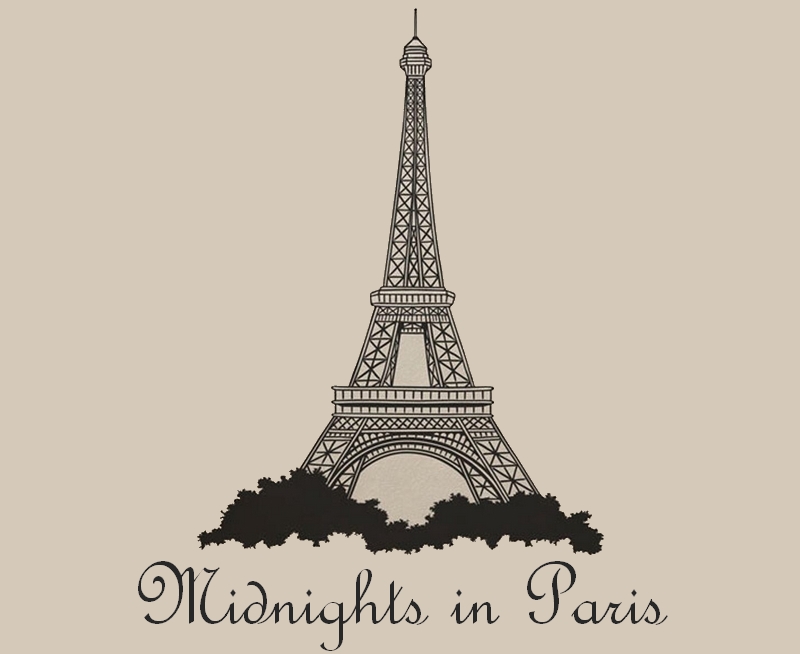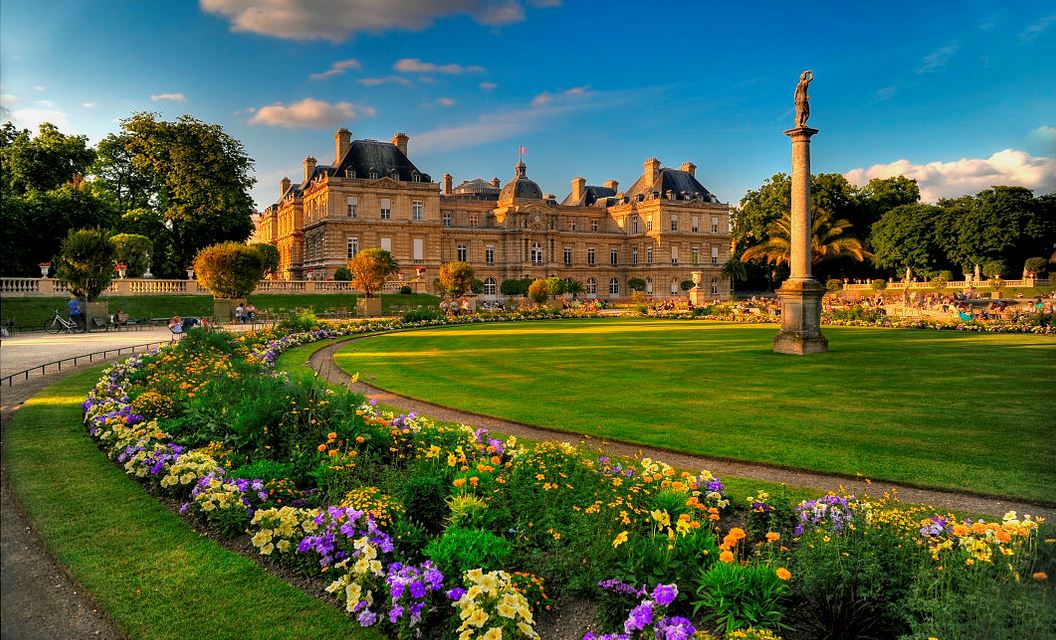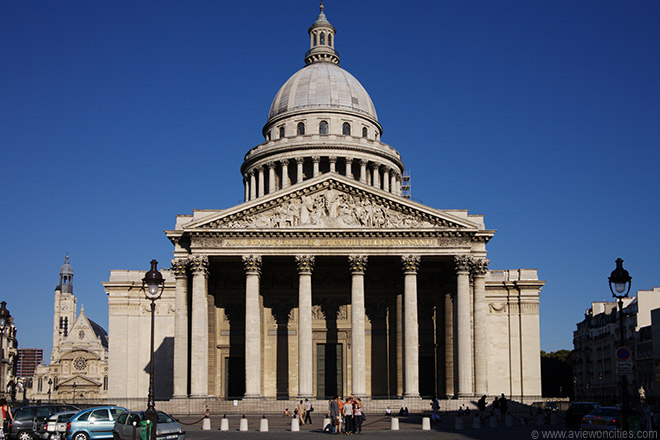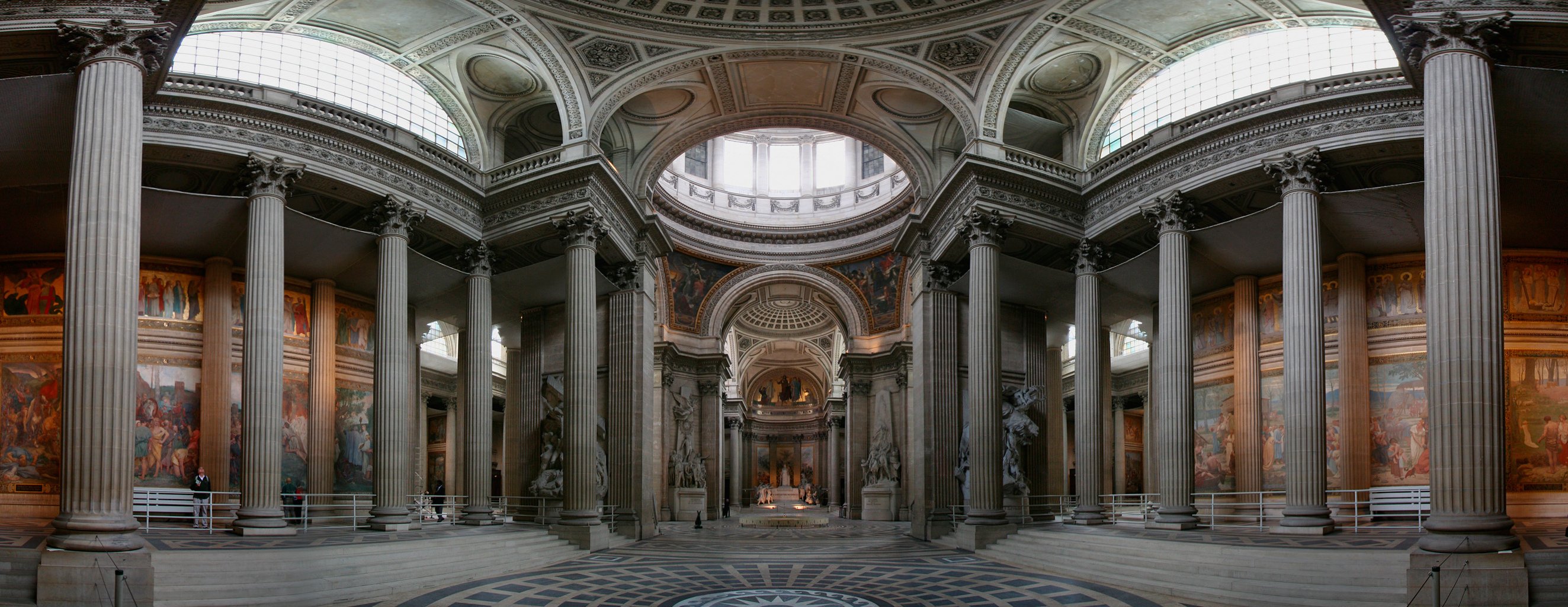So the spring has finally come. I’m
gonna take the opportunity and invite you to benefit from this amazing weather
in the gardens of Paris.
You may think that the City of Light
consists of museums, huge fashion galleries and some cathedrals hidden at the end
of narrow streets but in fact, it is far from true. Ok, I must admit that Paris
was never on the top place in the ranking of the Greenest cities worldwide
(click here for more information) but trust me, if you are into taking walks in
the green shadow you won’t be disappointed for choosing the capital of France
as a destination of your next trip. Here are some irrefutable proofs:
Jardin du Luxembourg
This is one of the most amazing
places I’ve visited in Paris.
It is situated at the center of the city, between Saint-Germain-des-Prés and
the Latin Quarter. Created by Marie de Medici’s
order in 1612, the garden is one of the favorite places to rest of Parisians’
choice. Just imagine 25
hectares of trees, paths and benches in the middle of
the city center! Do you know the concept of French and English gardens? I’m
sure you do. You probably prefer either one of them. However, there’s no need
to make a choice because Jardin du Luxembourg combines both of the mentioned
styles! While walking around you can feel the spirit from the Secret Garden
– the book for kids you might remember from your childhood. In the North you
can admire The Luxembourg Palace – nowadays it is a seat of The Senate. In
front of the building lays a big pond with a fountain which is great for kids
to play with paper boats. Children can also play on many different, yet
well-equipped playgrounds with slides, swings, monkey bars and merry-go-rounds.
Adults can play tennis, chess or Pétanque (which is considered as fancy
activity loved by French elderly-class). For those who are more into art, Jardin
du Luxembourg prepared 106 statues spread across the park – try to find them
all :) You can be sure that the boredom never strikes you within this garden
when the spring comes.
Parc Monceau
It may be less likely to be visited
by tourists, but it’s still really beautiful, the park is situated in the 8th district.
I used to spend a lot of time there during the lunch breaks because it was
located three minutes away on foot from my university’s department. The garden
was designed by Louis Carrogis Carmontelle at the end of eighteenth century.
Here you can find a lot of curved paths, as it is a true English garden. At the
entrance you are being welcomed by rotunda which is quite unusual for places
like this. Parc Monceau became particularly famous because of follies – the buildings
made for decorational purposes only that look like normal-sized objects
designated for a specific purpose. Given that you can find an Egyptian pyramid,
a Chinese fort or a Dutch windmill – and yes, all of them hidden within one
park!
Jardin des Plantes
We came to the 5th district of the
city to visit the main botanical garden in Paris which was founded in 1626. Jardin des Plantes
is one part of the biggest park complex which has a scientific purpose. Next to
the park there is the French National Museum of Natural History, the Gallery of
Mineralogy and Geology, the Gallery of Evolution or the Gallery of Mineralogy
and Geology – all of them are worth booking the tickets, even if just for a few
hours! What’s special about this garden is its variety - thanks to recreating
the different climate zones, it is possible to admire a huge number of exotic
plants. In the maze of flowers and trees you can let your nose guide you
through the garden. Do you prefer the sweetness of the orchids or maybe the
fresh fragrance of herbals? Search for the lovely scents and try to let them
lead the way!
Jardin des Tuileries
Well, this one obviously couldn’t be
forgotten in this ranking! Let’s begin with explaining the origin of its name.
When Queen Catherine de Medici built her palace in 1564 it wasn’t named Tuileries just like that. In fact, the
mystery of the unusual name is quite simple. Before the royal house, the big
tile factory had been established there and, as you can guess, tuile rhymes with tile and the meaning is exactly the same. I’m sure you don’t think
about factory when you cross the thousands of square meters of grass,
fancy-trimmed bushes, white paths and Rodin’s (and many others’) sculptures. In
the very middle of it, the Arc de Triomphe is right upon you and invites you to
visit the Louvre Museum. If you want to catch some
suntan, you can follow the Parisians’ footsteps and use the green, very
characteristic chairs at the edge of a huge basin to sit (or lie) and read a
book or just observe the surroundings. But if you have a traveler’s spirit, you
can benefit from free guided tours organized each day from March to December (unfortunately
they’re carried in French only as far as I know).
Bois de Boulogne
Last but not the least, it is time
to go into the wild to discover the enormous park called forest created by the Emperor Napoleon III himself (I like to
believe that it was the only thing that he achieved with one hundred percent of
success rate). In this area the nature had been ruling for a long time before
people decided to bring this terrain into cultivation and prepare it for the
higher-class Parisians who desired a place for picnics after Sunday’s masses. Over
the next centuries, The Bois de Boulogne have
been considered as a dangerous place (which started during the Hundred Years'
War when local bandits happened to like the forest so much they decided to
wander around it for longer) and even today it’s not safe to walk around after
the twilight. But in the middle of the day the Bois de
Boulogne can offer you a beautiful view of Paris, a lot of space
for cycling, rollerblading or sitting on the blanket and eating a baguette with
Camembert ;)


 Cathedral of Saint Andrew of
Cathedral of Saint Andrew of  Tour Pey Berland – one of my favorites! This
belltower is located next to the Cathedral of Saint Andrew and offers you an
unforgettable view of
Tour Pey Berland – one of my favorites! This
belltower is located next to the Cathedral of Saint Andrew and offers you an
unforgettable view of 











